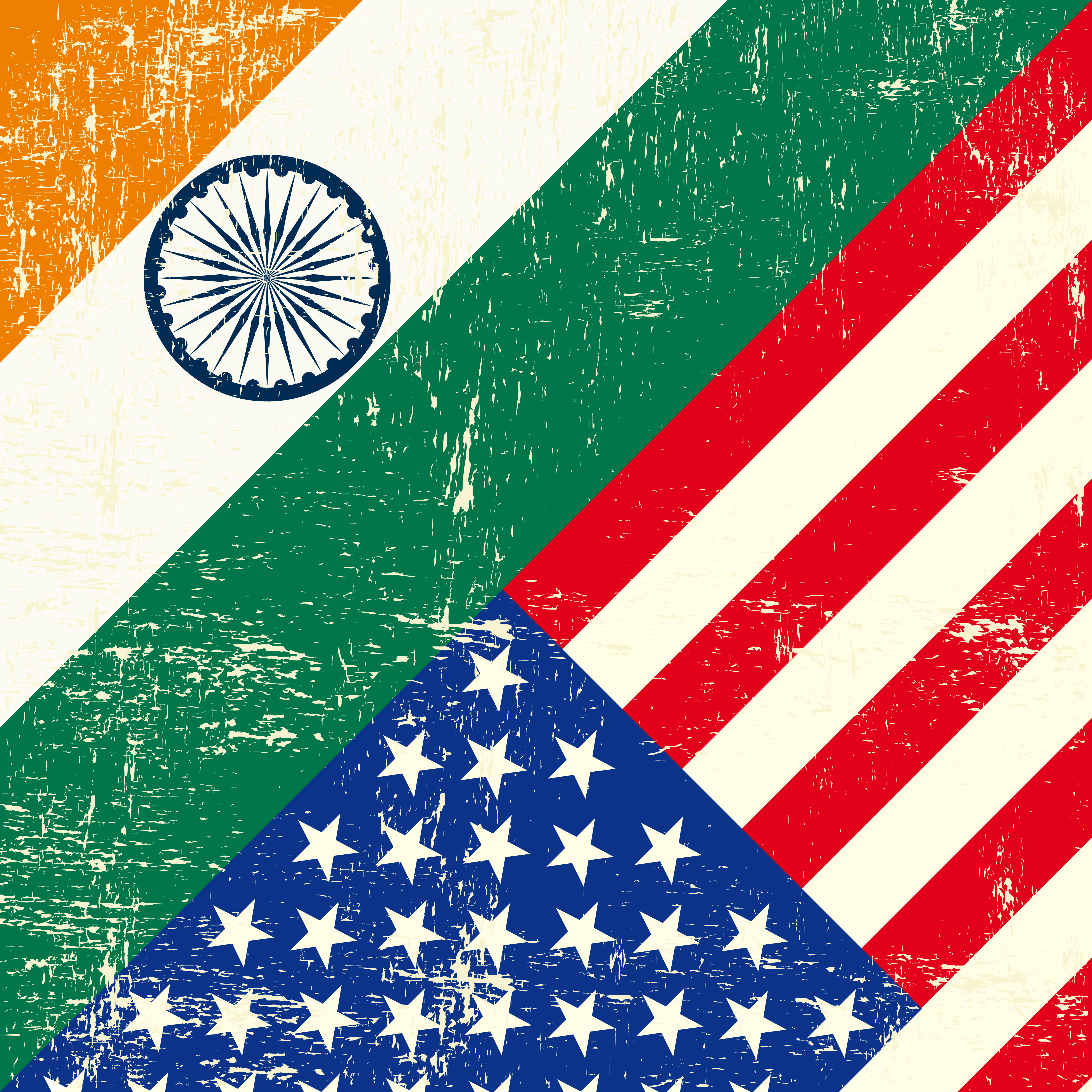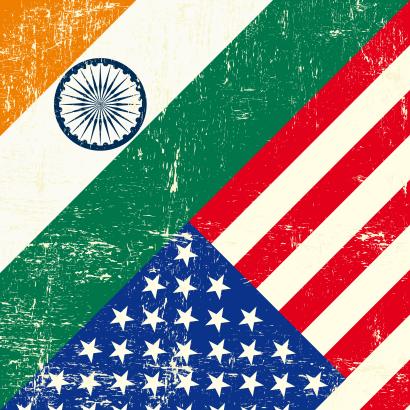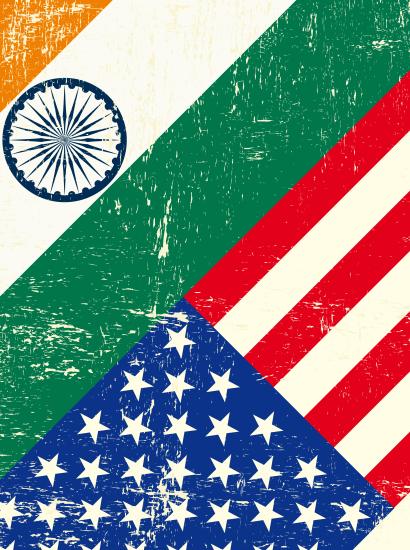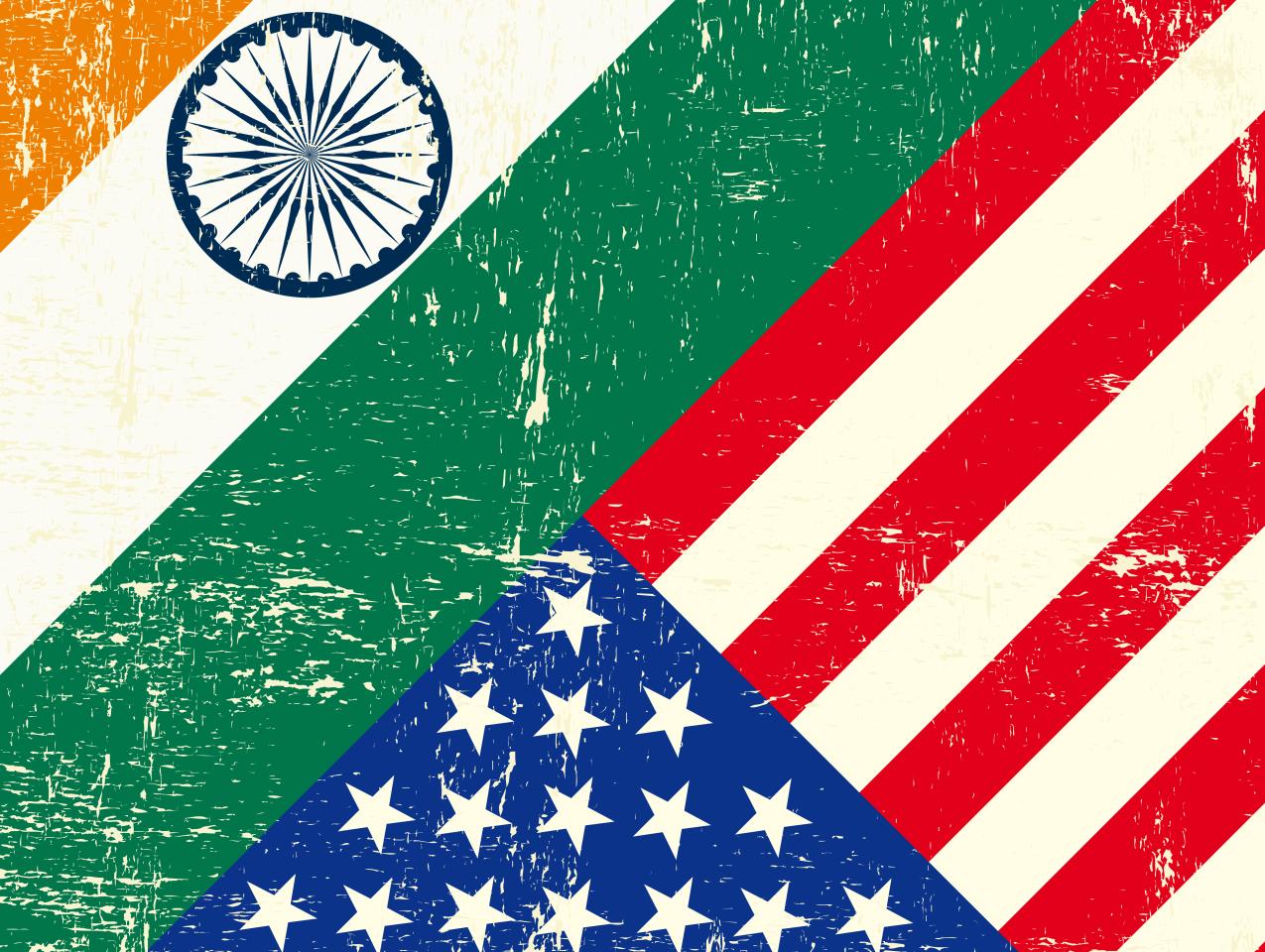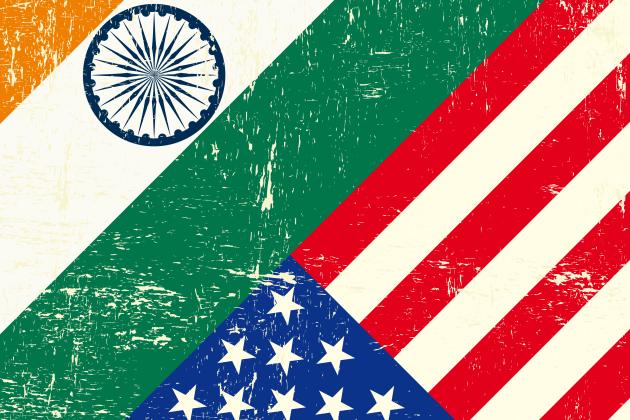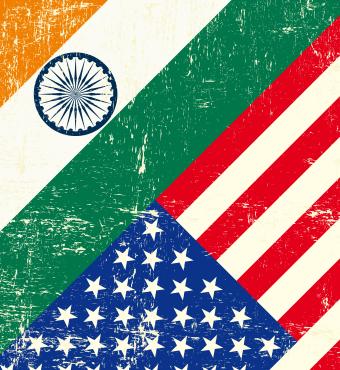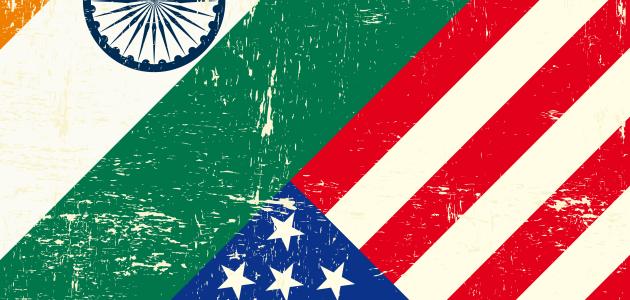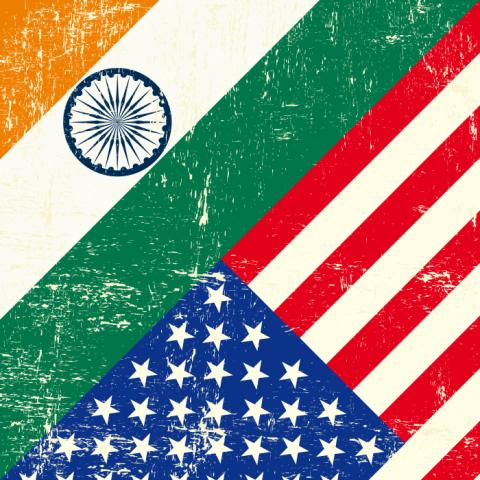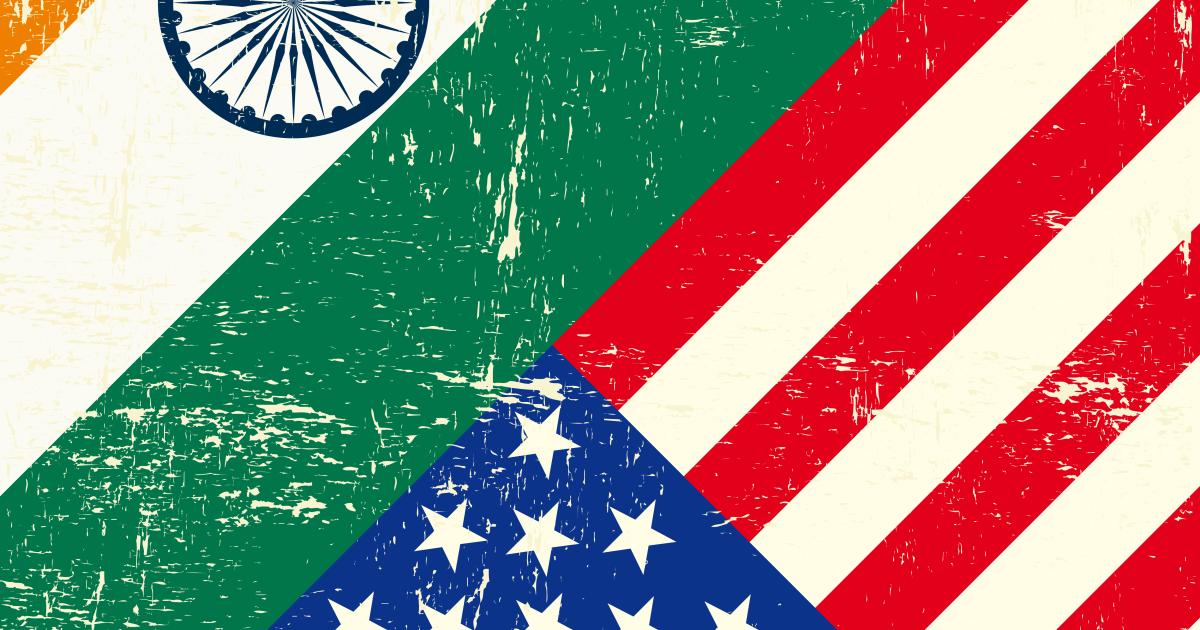President Trump’s state visit to India in late February is being hurriedly put together, reports the NY Times, because “Mr Trump is apparently eager to get out of the Washington cauldron and as far away from the impeachment debate as possible”.
Chester Finn writes that the erudition displayed by Dr. Anthony Fauci amid the COVID-19 crisis suggests that America should shape its education system to also support its most gifted students: “What’s the connection? Look at the population of adults we’re counting on to get us out of this mess: scientists, doctors, bio-statisticians, microbiologists, demographers, inventors, industrial leaders and economists, not to mention government leaders with the intellect and training (and discipline) to see beyond their immediate political interests.” [LINK]
Wrong! President Trump is moving towards opportunity and his timing is right on the mark.
President Trump has been cultivating his relationship with Prime Minister Modi for nearly three years, seeking to deepen America’s strategic partnership with India in the face of a rising China. He has focused on America’s large trade deficit with India, despite a more than doubling of bilateral trade with a rapidly growing India. President Trump has pressed
India to open its economy, reduce its tariffs and remove trade and investment barriers.
Now, there is new opportunities for the two countries. Recently, growth in India has slowed markedly from its high level of 7-8% p.a. over the course of the last decade, the highest level of growth among major emerging countries, to now nearing only 4%. Fiscal challenges in India are deepening and there is a need for reform in India’s government owned banking system. Above all, India’s falling rate of growth undercuts the Prime Minister’s top priority of creating 1 million new jobs each month for India’s massive and aspiring youth population.
Restoring India’s growth momentum cannot be achieved without major reform that opens India’s economy to increased domestic and foreign investment, expanding trade and reducing the heavy influence of India’s tenacious bureaucracy.
Yet at this time China is entering a phase of uncertainty and deepening economic and political challenge. As its economy slows and the internal social and political problems of the Communist Party increase, India will need to seize the initiative.
Now is the time for a US-India bilateral trade and investment deal that focuses on selective sectoral opportunities such as foreign direct investment, relocating American corporate supply chains from China to India, banking reforms, privatization of state assets, reducing protectionism and deepening both people to people ties and strategic partnership
relations.
President Trump will make a break through model on his accomplishment with China. If progress is established initially in a first phase of many this would be a highly favorable result. Future US-India relations will by necessity be advanced by sectoral progress over time, not as part of a large and diverse grouping seeking a comprehensive multilateral trade and investment pact.
Perhaps the most important breakthrough ever with India came in 2005-2008 when the USA and India initiated the vision of regularizing India’s position in the world’s nuclear architecture by restoring its access to the world of civil nuclear technology after 35 years of isolation for India. This single agreement opened from 2008 and entirely transformed the
relationship between the United States and India, which has developed into the impressive strategic partnership of today.
In February the two leaders will build on this base. Their evolving friendship will be there for all to see. President Trump and Prime Minister Modi will be looking forward for the world’s two great democracies, not backwards and seeking to escape from acknowledged challenges at home.






